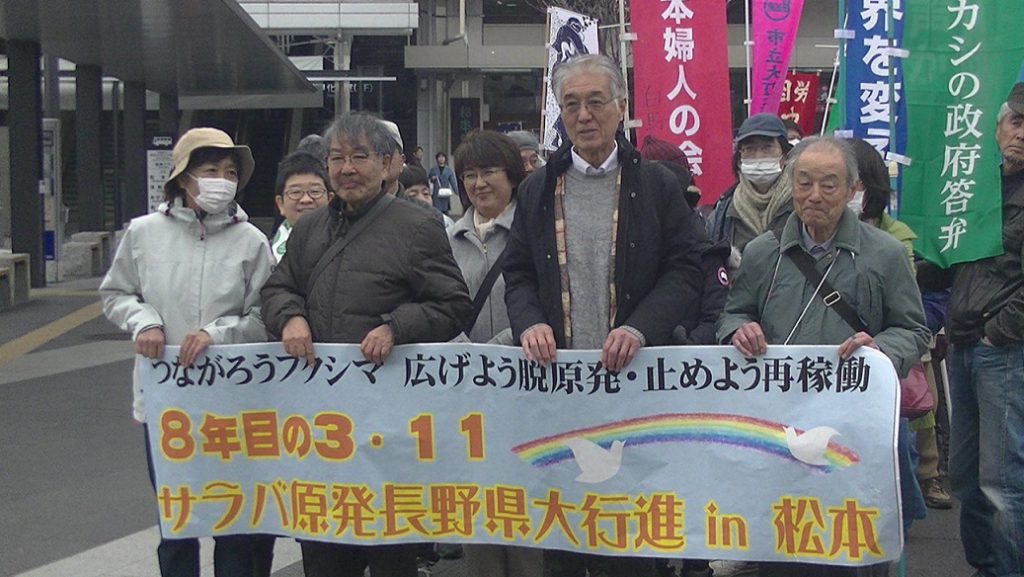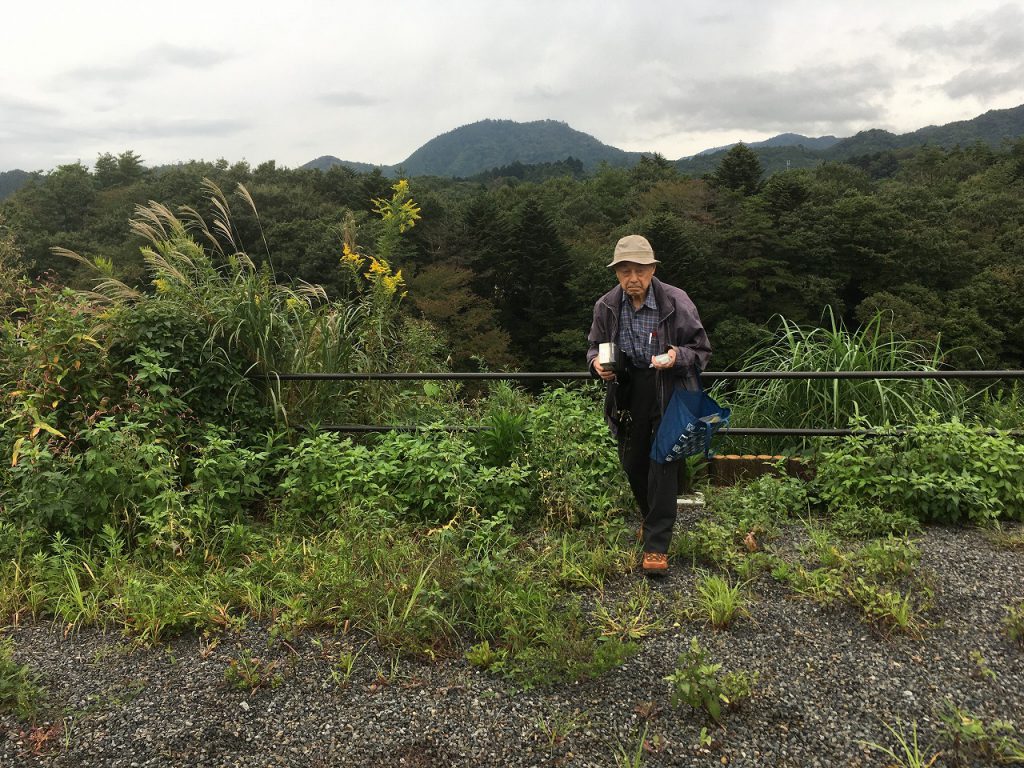Who’s Who: Miwa Hiroshi, an exceptional scientist

In this edition of Who’s Who, we have three different people introducing Miwa Hiroshi from three different perspectives of his work and life.
- Yamaguchi Yukio, CNIC Co-Director
Miwa Hiroshi is a theoretical physicist, specializing in solid state physics.
At the time when atomic energy development had just begun, the Japanese government, with its vision of becoming a world leader in science and technology, put much effort into promoting solid state physics, in tune with global trends at the time. In 1957 Japan built a research center, cutting edge in terms of contents, equipment and management. The best and the brightest scientists from across Japan were gathered. One of the young scientists in the theoretical section of this research center, from its initial stage, was Miwa Hiroshi. As a doctoral student in the cryogenic physics section, I would go and visit him whenever I was having trouble understanding a particularly difficult academic paper. He was my teacher.
After working at the solid state research center, he became an Associate Professor at the prestigious Osaka University. After that he moved to Shinshu University in Nagano Prefecture. I wasn’t in professional contact with him since we had both left the research center, but I met him on several occasions at the Society for Studies of Entropy conference. One time I asked him directly “Why did you move to Shinshu University?” He answered in few words: “Shinshu is a nice place.” I thought it was just like him to give such an answer, but I got the impression that he wanted to move away from the fierce competition of the research ‘industry.’
Once you touch the truth of nature and experience the fascination of scientific enquiry, it’s difficult to escape. Is it too much to say that this is a scientist’s destiny? And then somehow you end up obeying national policy and submitting to the state. I remembered Louis Pasteur’s words: “Science is of no country but in every great scientist will be found a great patriot.”
However, there are some scientists who do think through the basic questions such as “What is science?” “How should a scientist live?” and are able to open up new ways for science to move ahead. I believe Professor Miwa is one of those scientists.
2. Sakurai Ikuko, Nagano Soft Energy Information Office Secretariat
It is now more than 25 years since Miwa Hiroshi accepted the post of representative of the Nagano Soft Energy Information Office. Although it is a 90-minute drive down the expressway from his home in Matsumoto City to Suzaka City, where the office is located, he is so conscientious that he has almost never missed a governing board meeting. And he is 86 years old!
The Nagano Information Office was founded in March 1991 by Matsuoka Nobuo, director of the Office of the Citizens’ Energy Research Institute in Tokyo as the Suzaka Branch Office. Mr. Matsuoka was the first representative of the office, but became ill less than two years after the founding and was forced to retire to struggle with his medical condition. Unfortunately, he passed away without recovery on June 21, 1993.
It was thus necessary to find a successor very quickly. In Suzuka, Sakata Shizuko had received direct guidance on nuclear power issues from Mr. Matsuoka, had cooperated fully with the launching of the information office and was in a position rather similar to a vice-representative. After much thought, Ms. Sakata identified Professor Miwa, at the time professor of physics at Shinshu University, and who had participated in rally meetings from time to time, as a possible candidate. She asked Prof. Miwa if he would take on the post of representative, but was rebuffed several times before he finally accepted the position. He thus succeeded to the posthumous will of Mr. Matsuoka and has continued to be active in that role to this day.
Most of the staff take a great interest in energy issues, and are very happy to have Mr. Miwa, who has deep specialist knowledge of energy as the representative of the Nagano Information Office. As an opinion leader, he has driven forward our activities greatly.
In the 28 years since the founding of the office to this day, events such as study meetings, lecture meetings and related rally meetings have been held a total of 71 times. All the staff at the office believe that the success of the events staged has been achieved through appropriate lecturers being introduced to the office by way of Mr. Miwa’s network of acquaintances, and therefore hold great respect in their hearts for him.
3. Yamane Masako, former General Secretary, RDAN (Radiation-Disaster Alert Network)

R-DAN (Radiation-Disaster Alert Network), launched on August 6, 1986 (Hiroshima Day), not long after the Chernobyl nuclear accident, is the name of the organization, and is also the name of a radiation detection device. This network places R-DAN detection devices around nuclear power plant (NPP) sites nationwide. This is a “movement to protect people from radiation” by taking regular fixed-point measurements of air dose rate to find the normal ‘reference’ value, and then exchanging information on radiation when an abnormality is detected to enable people to evacuate in the direction of low radiation.
The network is formed from blocks or prefectures as nodes, and of these Mr. Miwa serves as the facilitator of the Koshin block, which consists of Nagano and Yamanashi Prefectures. Mr. Miwa has also served on the R-DAN steering committee for many years, performing the role of the radiation data management department.
While there are many members who have a tendency to miss measurements due to boredom with the very small daily numerical fluctuations, Mr. Miwa is a very valuable asset. He takes strict, continual measurements, treating these statistically to make them visible by preparing graphs and tables for analysis. Members taking measurements throughout Japan send their readings to Mr. Miwa for statistical treatment. Accumulation of this data leads to regional comparisons, giving a direct sense of fluctuations due to natural phenomena, making it possible to grasp a detailed and overall picture of the radiation background.
In addition, Mr. Miwa writes a members’ newsletter on topics such as the properties of radiation and their relationship with natural phenomena, characteristics of detection devices and how to read the conversion values from different detection methods. He also replies to questions sent by email to give members who do not have sufficient knowledge of radiation careful and easy-to-understand explanations.
Mr. Miwa’s area of specialization is not nuclear power and radiation, but he has been involved with the citizens’ movement on nuclear, NPP and radiation issues from the viewpoint of a scientist and has never failed to shoulder his social responsibility as a scientist with unwavering intent.
